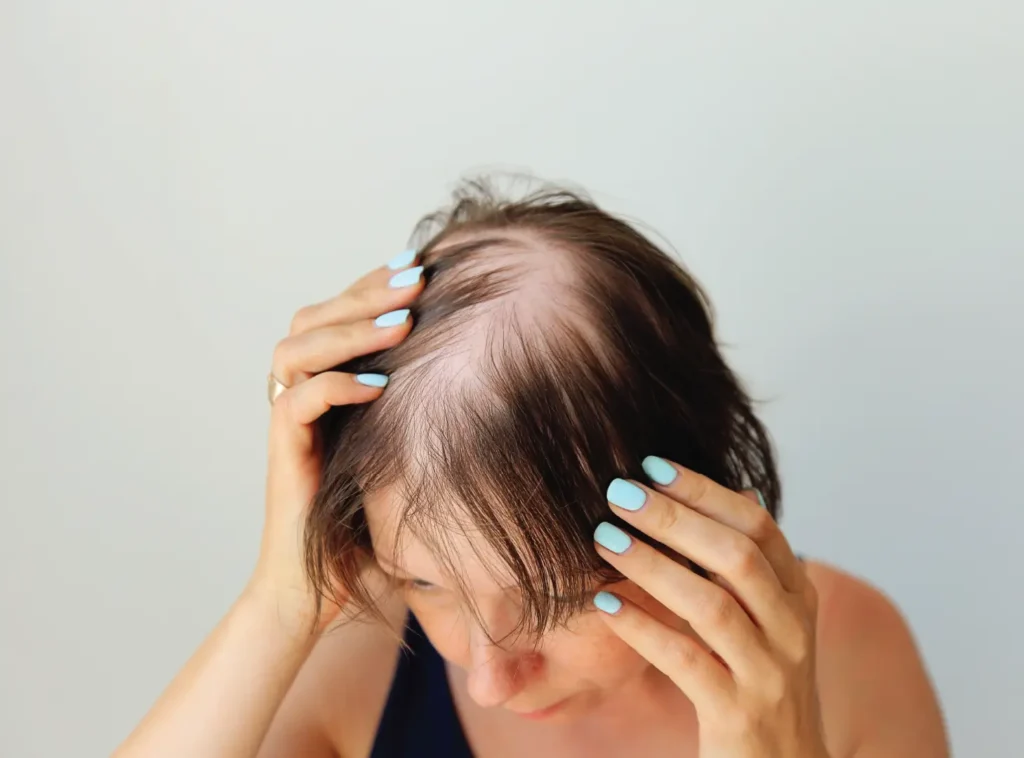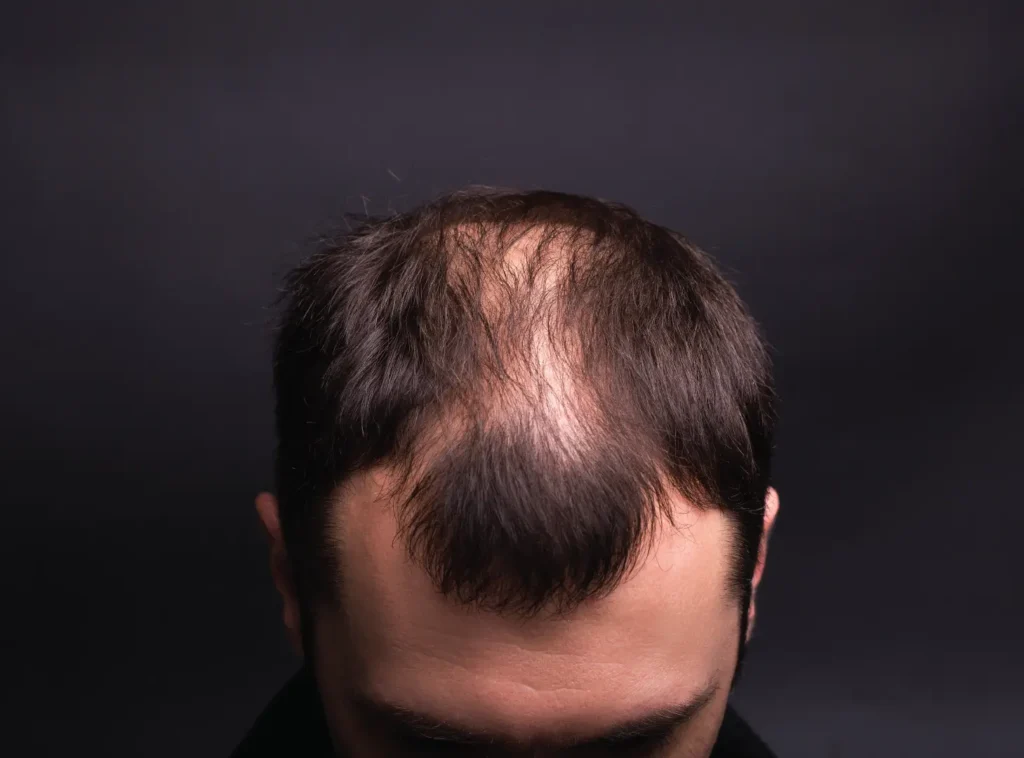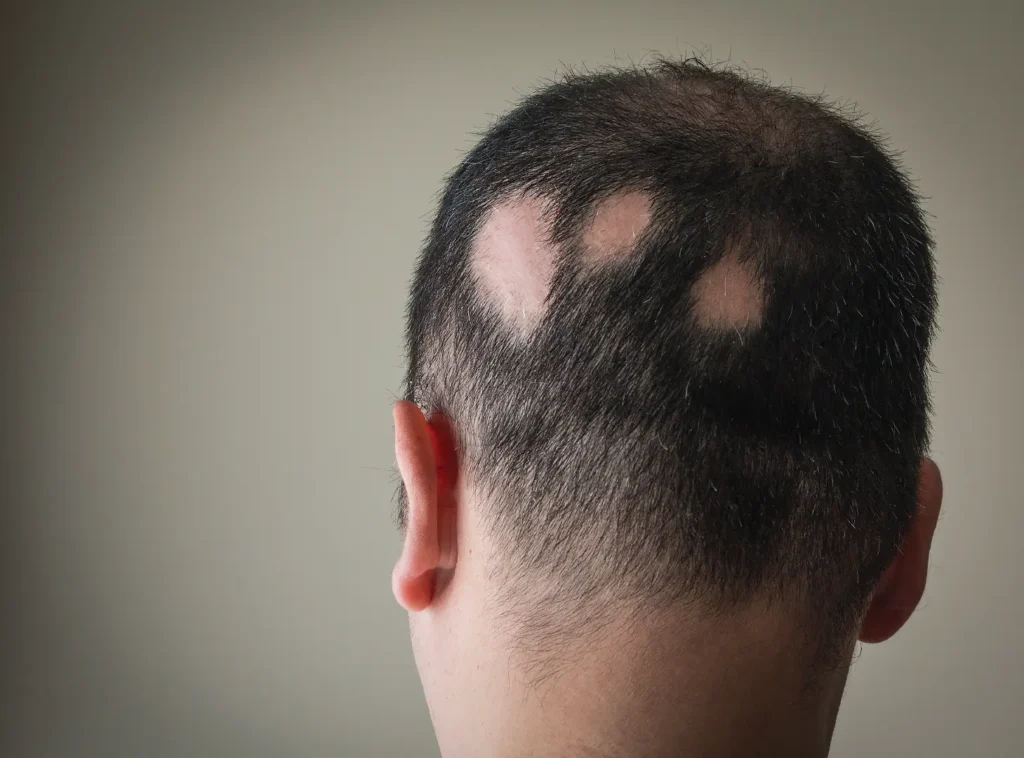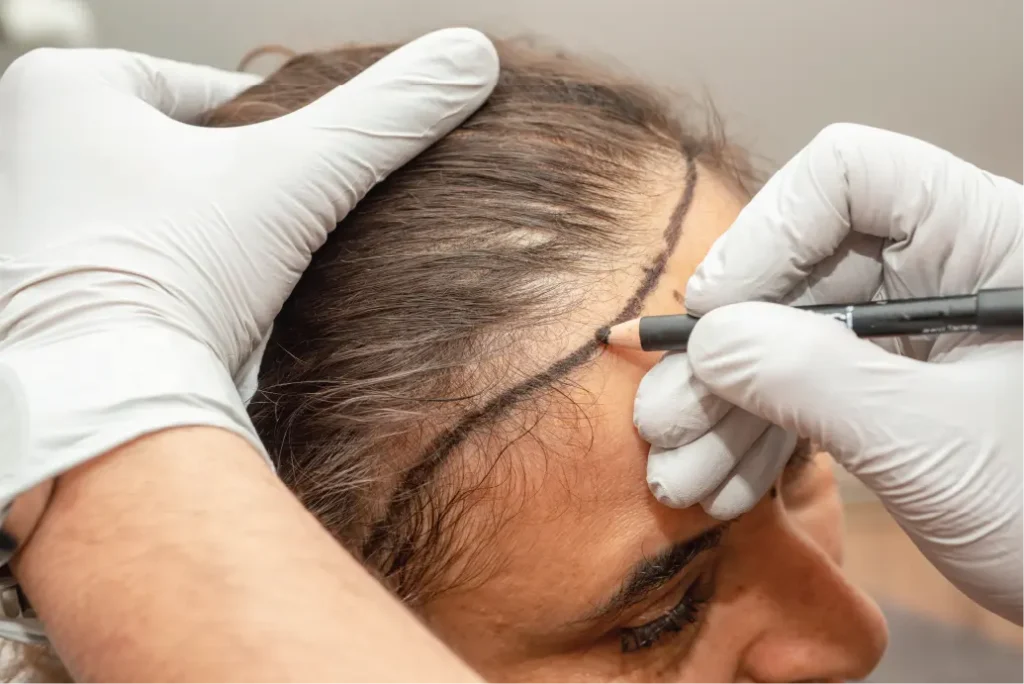Best Treatments for
Hair Loss & Thinning at Millennium Hair Loss Clinic
At Millennium Hair Loss Clinic, we specialize in addressing various types of hair loss with over 45 years of collective experience. Our trichology experts provide personalized treatment plans tailored to each client’s specific needs.
Common Types of Hair Loss:
- Genetic Male Pattern Baldness
- Female Pattern Baldness
- Alopecia
- Traction Alopecia
- Postpartum Hair Loss
- Pre/Post Menopausal Hair Loss
- Diffuse Hair Loss
- General Hair Thinning

Meet The Hair Experts

What are the
Common Causes of Hair Loss?
- Genetics
- Stress
- Hormonal Imbalances
- Dietary Deficiencies
- Immune System Disorders
- Poor Hair Styling
- Menopausal Issues
- Psychological Factors
- Aggressive Hair Treatments
- Low-Quality Hair Products
Types of hair loss
Genetic Male Pattern Baldness

Male pattern baldness and Female pattern baldness are the most common forms of hair loss, medically known as androgenetic alopecia. In men, hair loss typically begins at the temples and crown, often progressing to partial or complete baldness. This pattern is largely influenced by genetics and the hormone dihydrotestosterone (DHT), which shrinks hair follicles over time. In contrast, female pattern baldness usually presents as diffuse thinning over the crown while maintaining the frontal hairline. Though women rarely experience complete baldness, the psychological impact can be significant. Both conditions are progressive which your Trichologist can create a plan for stabilisation and to thicken the existing hair follicles.
Alopecia

Alopecia is a medical condition characterized by hair loss, which can manifest in various forms and affect individuals of all ages and genders. The most recognised type is alopecia areata, an autoimmune disorder where the body’s immune system mistakenly attacks hair follicles, leading to sudden, patchy baldness. Other forms include androgenetic alopecia, commonly known as male or female pattern baldness, which results from genetic and hormonal factors, and alopecia totallis, which involves total scalp hair loss.
The emotional impact of alopecia can be significant, often leading to feelings of self-consciousness and distress. While there is no definitive cure, various treatments, including topical medications, corticosteroids, and hair restoration techniques, can help manage symptoms and promote hair regrowth. Support from Trichologist and support groups can also be beneficial for those navigating the challenges of this condition.
Postpartum Hair Loss

Postpartum hair loss, also known as telogen effluvium, is a common condition that many women experience after giving birth. During pregnancy, elevated hormone levels help to prolong the growth phase of hair, resulting in thicker and fuller locks. However, after delivery, hormone levels drop sharply, leading many hair follicles to enter the resting phase simultaneously. This can result in noticeable shedding, often occurring three to six months postpartum. While it can be distressing, postpartum hair loss is usually temporary consulting your Trichologist will help to maintain stabilise and reduce the hair shedding.
Diffuse Hair Loss

Diffuse hair loss is a condition marked by a consistent thinning of hair across the entire scalp, rather than localised areas. It occurs when a large number of hair follicles prematurely enter the resting (telogen) phase of the hair growth cycle, resulting in increased hair shedding. This type of hair loss can be triggered by various factors, including physical or emotional stress, hormonal fluctuations, nutritional deficiencies, certain medications, and underlying health issues such as thyroid disorders or iron deficiency anaemia. Unlike pattern baldness, diffuse hair loss generally does not create complete bald spots, but rather leads to a significant decrease in hair density. Prompt diagnosis and treatment of the underlying causes are crucial for effective management and the possibility of hair regrowth.
Traction Alopecia

Traction alopecia is a type of hair loss caused by prolonged tension or pulling on the hair, often resulting from tight hairstyles or tight helmets. This constant stress can damage the hair follicles over time, leading to thinning and hair loss, particularly around the hairline and temples.
If the tension continues without intervention, the repeated trauma can result in inflammation and permanent damage to the follicles, leading to scarring alopecia. Scarring alopecia, or cicatricial alopecia, is characterised by irreversible hair loss due to the destruction of the hair follicle and its replacement with scar tissue. Early recognition and management of traction alopecia—such as changing hairstyles, reducing tension, and seeking a Trichologist advice are crucial to prevent permanent follicular damage and scarring.


